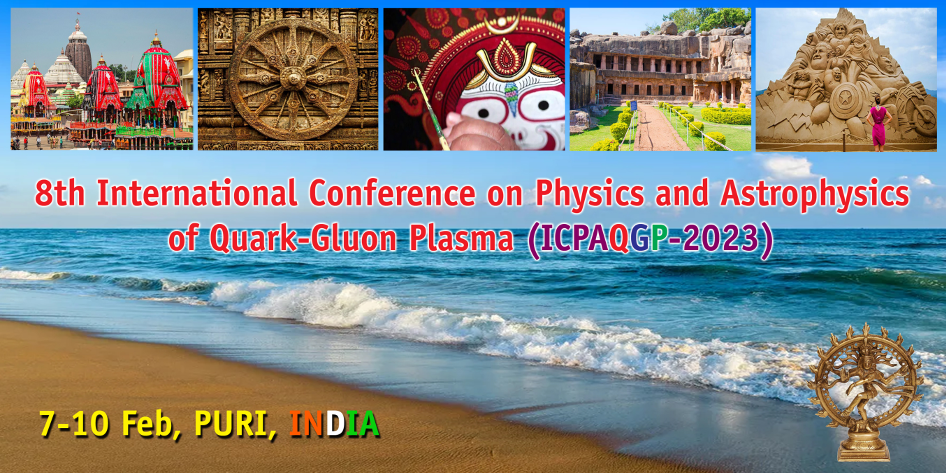Speaker
Description
With the spectacular success of lattice techniques in establishing the phase diagram of strongly interacting matter described by Quantum Chromodynamics (QCD) at baryon densities $\mu_B/T<3$, it is now necessary to understand the nature and the interactions of the different phases. We revisit the problem of how well a model consisting of hadrons and resonances(HRG) up to 3 GeV with a repulsive mean-field interaction among them explains the thermodynamic properties of QCD. We show that by carefully including the dependence of hadron masses on the light quark mass, calculations within the HRG model without any repulsive interactions already give us a pseudo-critical temperature (at zero baryon density) $T_c=161.2 \pm 1.6$ MeV and the curvature of crossover curve $\kappa_2=0.0203(7)$ [PRC 106 (2022) 4, 4], which are in good agreement with the latest continuum extrapolated lattice results. The inclusion of repulsive interaction enables us to extend this study to very high baryon densities where the lattice results are not currently available. We report first results on the chiral and thermodynamic observables and some implications for the neutron star equation of state.
References: Phys.Rev.C 106 (2022) 4, 4, e-Print: 2206.04579 [hep-ph]

